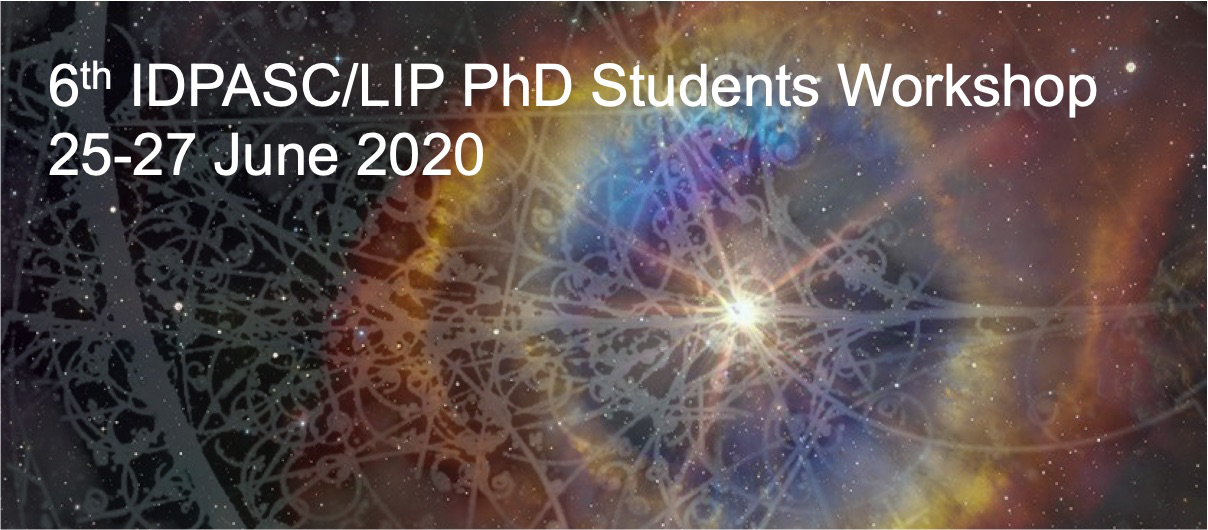Speaker
Description
SNO+ is a liquid scintillator-based experiment located 2km underground at SNOLAB in Canada. The primary motivation of the experiment is the observation of neutrinoless double beta decay; with other aims of detecting: geo and reactor antineutrinos, invisible nucleon decays and low energy solar neutrinos. The detector will operate in 3 main phases, using: ultra pure water, pure scinitllator and Tellurium 130 loaded scintillator. Due to the rare nature of these physical phenomena, it is vitally important to comprehensively characterise the background signals inherent in the detector. This PhD concerns itself with such characterisation and, thus far, has focused on the following:
During the detector's water phase, the beta decay of Bismuth 214 had the potential to fall within nucleon decay and solar neutrino studies' regions of interest. This background was therefore monitored on a day by day basis; now that this phase is complete, the same techniques will be retroactively applied to the data used in the aforementioned studies.
In scintillator, Alpha-Neutron reactions are caused by Carbon 13 atoms absorbing alpha particles (emitted by Radon daughter isotopes). These imitate inverse beta decay signals which are characteristic of an antineutrino interaction. A coincidence technique is currently being developed and used in an attempt to tag these events during SNO+'s current transitionary stage.

